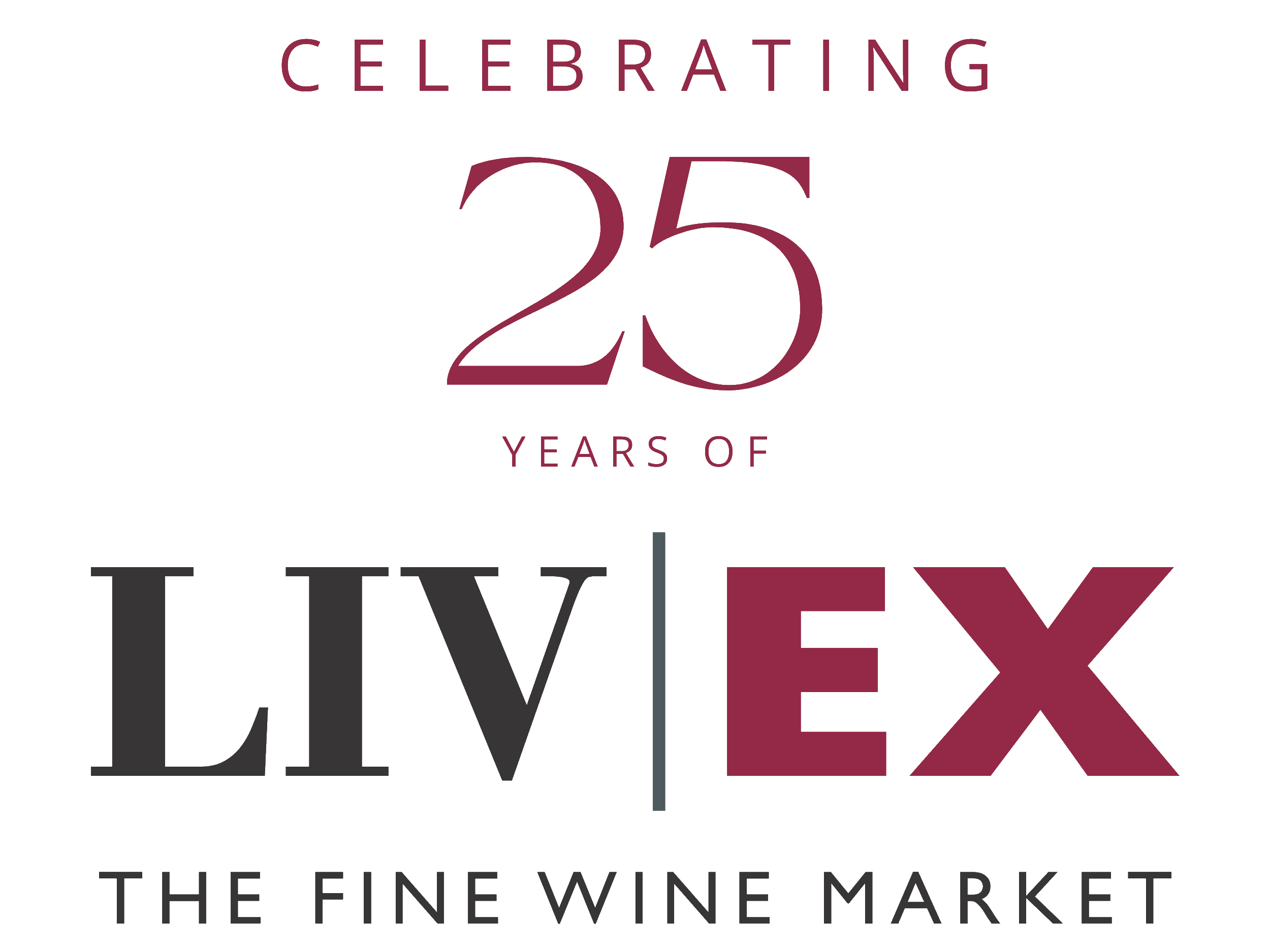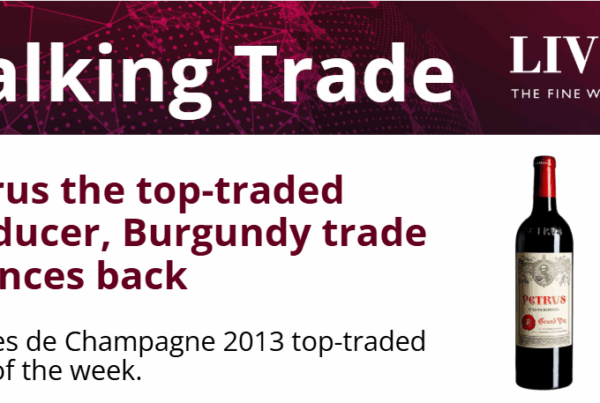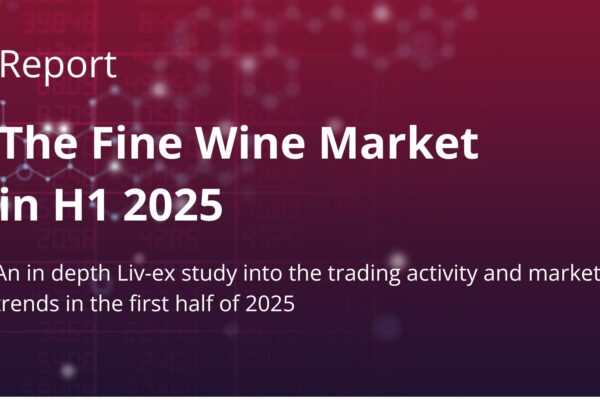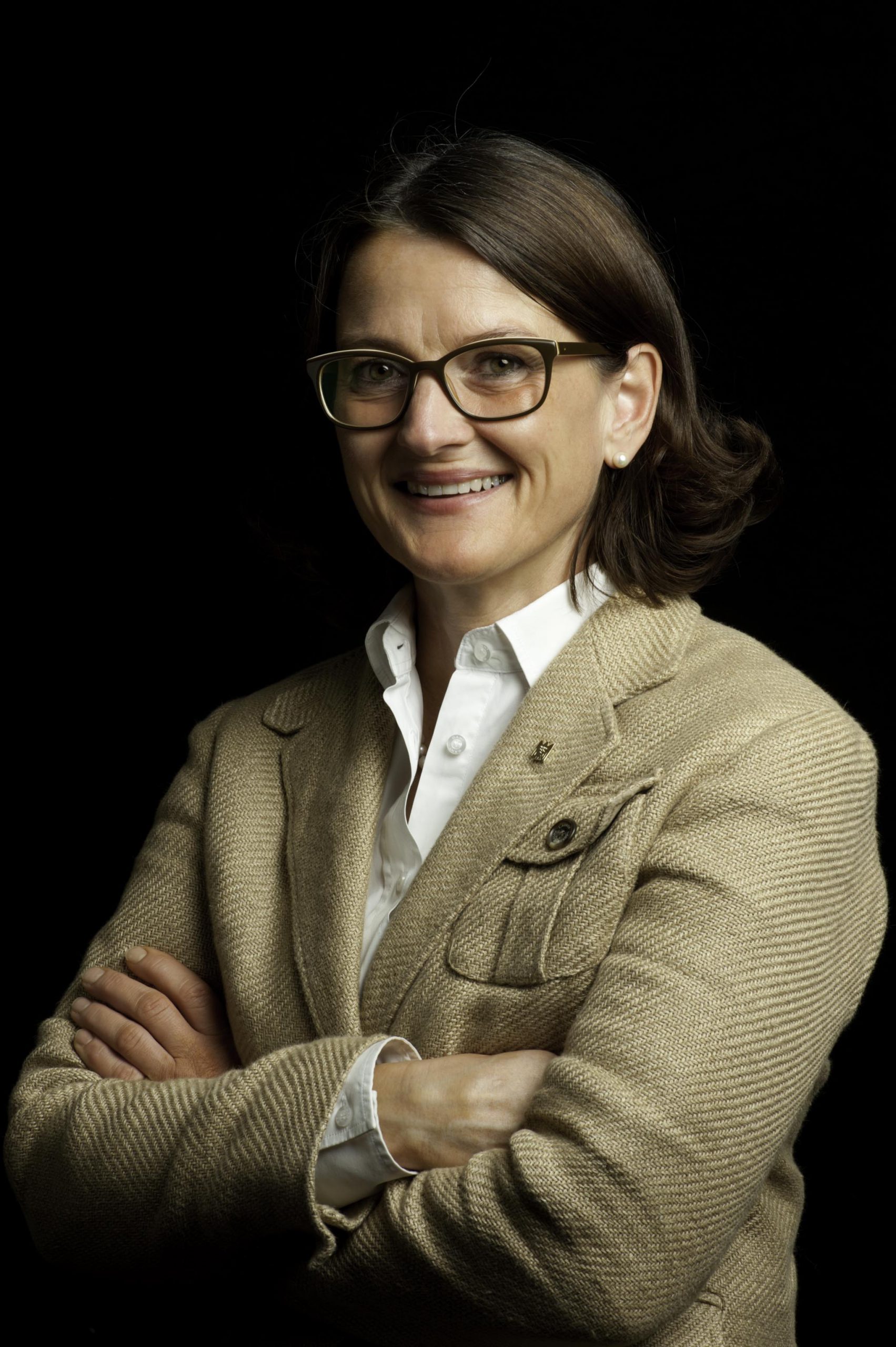
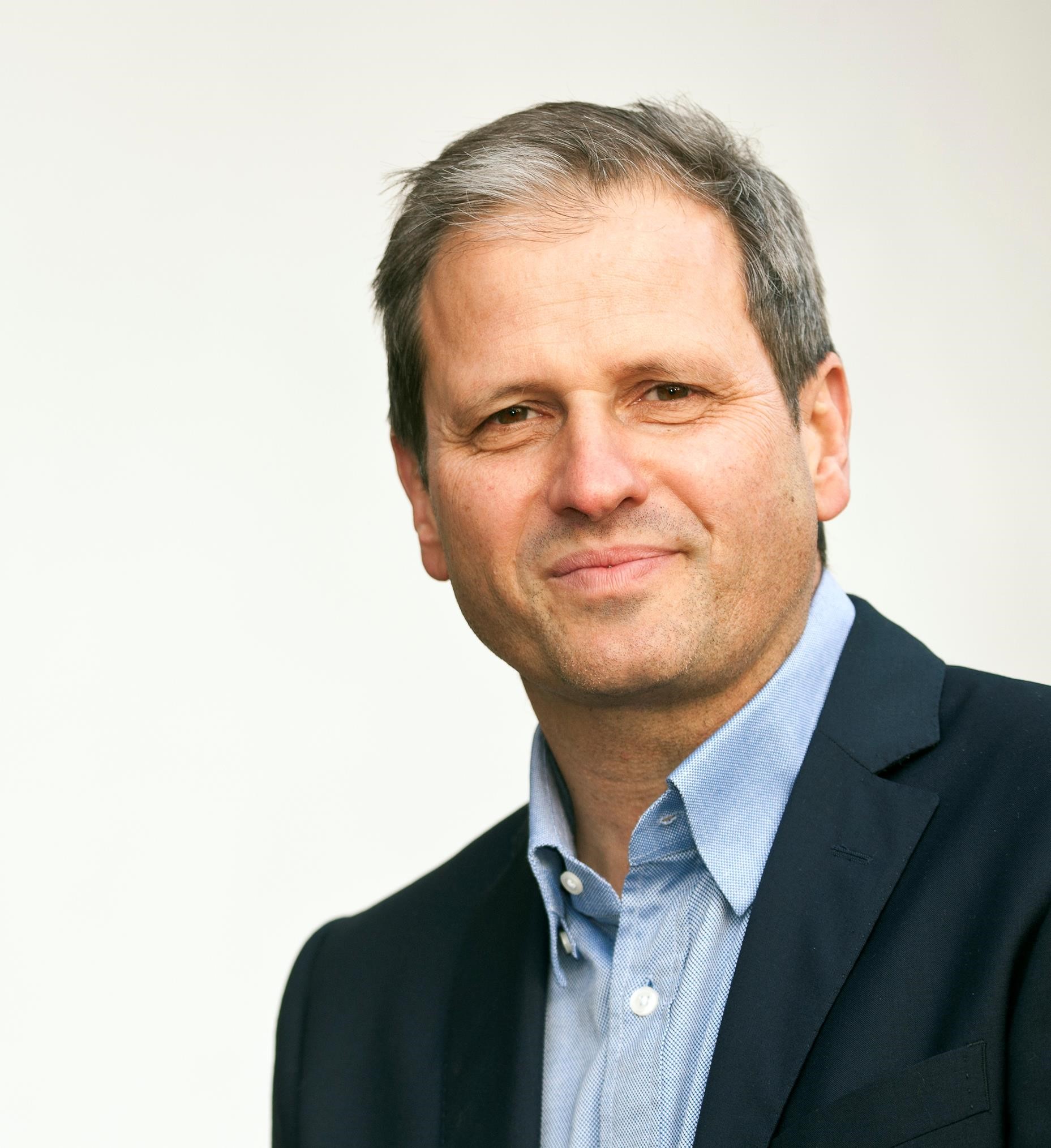
The Verband Deutscher Prädikatsweingüter (VDP) is a German organisation, which promotes the country’s top wines and estates. Ahead of ProWein 2020, the VDP President, Steffen Christmann, and Managing Director, Hilke Nagel, kindly set aside some of their time to talk to us about their mission and Germany’s unique strengths in the wine world.
Could you tell us a bit about the history of the VDP?
The VDP predecessor was founded in 1910 as VDNV, Verband deutscher Naturweinversteigerer e. V. or Association of German Wine Auctioneers. The name stems from the fact that at that time, all their wines were sold in wooden barrels at auctions; visiting these auctions was a must for ambitious wine dealers and top restaurants. The original founders were passionate and driven about promoting and protecting the purity and quality of German wines. To this end, they set strict production criteria for their members, in particular natural, unadulterated wine production from the country’s very best vineyard sites.
What is VDP’s mission?
Our mission is to place the importance of wine origin at the centre of all our actions. This had fallen into oblivion after the 1971 wine law in Germany. But with our (private) classification that we developed over the last twenty years, we were able to rebuild appreciation for the great vineyards of Germany. Our four-tier classification follows the internationally accepted motto “the narrower the origin, the higher the quality”. The four-tier hierarchy classifies VDP members’ wines into Gutsweine, Ortsweine, Erste Lage and Grosse Lage, similar to the classification system of Burgundy.
The present concept being discussed for the new German wine law also follows these ideas, which highlights the VDP’s role as a leader in setting benchmarks for German viticulture. This goes hand in hand with the preservation of the German wine cultural landscape and our philosophy on working in harmony with nature. In addition to this, nearly half of our members are certified organic or have sustainable certification. To serve VDP members and wine lovers worldwide, it is also important that we offer joint marketing platforms, such as our annual VDP.Weinbörse (trade only) and gala events such as Ball des Weines.
Why is your symbol an eagle?
At the time when the VDP was founded, the eagle was a popular heraldic animal. The original graphic with the eagle bearing a grape bunch on his chest was adopted by the VDP as trademark in 1926. The VDP.President of that time, Mr. Bruchhausen, happily confirmed that the Reich Patent Office had confirmed the receipt of the application for the new association logo to the approximately two hundred members of the Association of German Wine Auctioneers, who comprised six regional associations. Today the VDP.Eagle trademark found on the bottle capsules of all VDP.Wines is a distinctive accolade of quality viniculture, renowned around the world. In contrast to 1926, the eagle’s head faces right, looking towards the future.
How do you feel about the future of German wine?
Germany will continue to strengthen its position as a leading producer of high-quality, cool climate wines from traditional grape varieties like Riesling and Pinot Noir. Raising awareness of the great potential of Germany’s Grand Crus vineyards will increasingly offer unique selling points for its wines in the future. The international wine trade, sommeliers and wine connoisseurs appreciate the inimitable and authentic profiles of Germany’s single-vineyard wines.
Which German wines and regions are you most excited about? Outside of Germany, which wine regions and producers do you admire?
The great advantage of Germany is that our wine cultural landscape is so diverse. Each region has its unique strengths and characteristics. We have the classic Riesling regions along the rivers Mosel, Saar, Ruwer, Rhein (Mittelrhein, Rheingau, Rheinhessen, Pfalz) and Nahe – their wealth of terroirs allows many outstanding vineyard interpretations. Also exciting are the cool climate Pinot Noirs grown on slate (Ahr), gypsum Keuper (Württemberg) or volcanic soil (Baden). And we have regions, where sandstone variations allow the cultivation of specialties like Silvaner, Muskateller and other varieties (Franken, Sachsen, Saale-Unstrut).
Outside of Germany, we admire all producers that aspire to the expression of terroir in their wines and succeed in producing authentic, long-lasting wines that develop new nuances in every stage of maturation. Burgundy is a classic example of this. There are also wine regions that see the VDP as a role model, such as the ÖTW in Austria. Perhaps we can achieve a joint classification system among all German-speaking wine regions in the future.
What is Germany’s unique strength in the wine world?
In first place, it is certainly Riesling, produced in an exuberant versatility of styles and origins. We can also look back on a very long wine-growing history that is documented perfectly in historical vineyard maps, beginning in 1802. This provides us with generations of experience from which we can learn and knowledge upon which we can build. In 2010, we even published our 100-year anniversary book, “The Sign of the Grape and the Eagle”, which illustrates German wine history through the example of the VDP – the world’s oldest and only national association of premium wine estates.
With prices for Burgundy’s Pinot Noir reaching record highs, do you see the position of German Spätburgunder changing in the coming years?
Fine German Riesling and Pinot Noir wines are the most underpriced wines in the world. Their quality is certainly well on par with the world’s greatest wines. Awareness for our Pinot Noir wines, particularly for our VDP.GROSSES GEWÄCHS Spätburgunder, is rapidly increasing abroad – quite noticeably in the Scandinavian countries, but also in Russia and China. These wines exist only in small quantities and thus we expect that they will be much more valued in the future while still retaining a good price performance compared to their Burgundian “siblings”.
Since 2018, you have been working more closely with the Institute of Masters of Wine. What do your future projects involve?
The collaboration with the Institute of Masters of Wine is very valuable and offers us a great exchange with people in “pole positions” in the international wine branch. We host the MW introductory courses and the theory-only course in Germany. We also contribute wines to masterclasses all over the world, thus acquainting many wine professionals with Germany.
Together with the IMW, we staged a seated tasting of VDP.GROSSES GEWÄCHS in London last October. This was the first time we used this format outside of Germany. It was a great success, impressing and persuading all invited guests of our Great Growths. We hope to develop this and other projects together with the IMW in the future, provided that Brexit doesn’t prevent us from doing so.
The VDP introduced a new classification for sparkling wine in 2018. What made you decide to do this?
The VDP’s sparkling wine classification aims to restore Germany’s competence in this sector. 100 years ago, German Sekthäuser (sparkling wine houses) were of world renown; many legendary Champagne houses have German ancestry. We are working to rebuild this forgotten knowledge. The aim is to produce handcrafted sparkling wines from classic grape varieties that remain long on the yeast. Our VDP.Statutes for sparkling wines include premium blends as well as single-variety sparkling wines from classified vineyards.
How do you think US tariffs and Brexit will affect demand for German wine and the wine market as a whole?
The situation is miserable for all German producers that export to the US. Some VDP.Estates export up to 80% of their production. 100% tariffs and the three-tier distribution system in the US will result in surcharges of up to 150%; essentially a death toll for our market there.
We cannot forecast how Brexit will affect our exports at all. In any case, we have to look to new markets and intensify efforts on the domestic market. With Germany being the biggest wine import market in the world, this can only mean displacement. Luckily, awareness of fine German wine is growing – and hope always dies last.
How do you think the wine industry will change in the next 20 years?
We believe that the split between artisanal, quality-focused winegrowers like the VDP wine estates and producers of industrial wines will increase. Organic cultivation and the concept of regionality will also become increasingly important, which matches the VDP’s philosophy perfectly.
What is not foreseeable, are the effects of climate change. There could be regions that would no longer be able to grow vines due to the lack of water. Vineyard plantings will move further north. The alcohol discussion could influence the behaviour of wine consumers. China and other countries are only awakening as wine consumers. And so on… But even if there are many unknowns, we believe that the fine wine culture will always survive.
What is your view on the role of Liv-ex with respect to the wine market?
Liv-ex is a great cooperation partner that helps build bridges to many other partners. It allows a quick market overview in the world of fine wines and the ability to observe price developments and be informed of market developments. It is a great marketplace and stock exchange for fine wines.
Liv-ex will be at ProWein in Düsseldorf on the 15th and 16th March 2020 – if you are planning on attending and would like to meet please do let us know.
